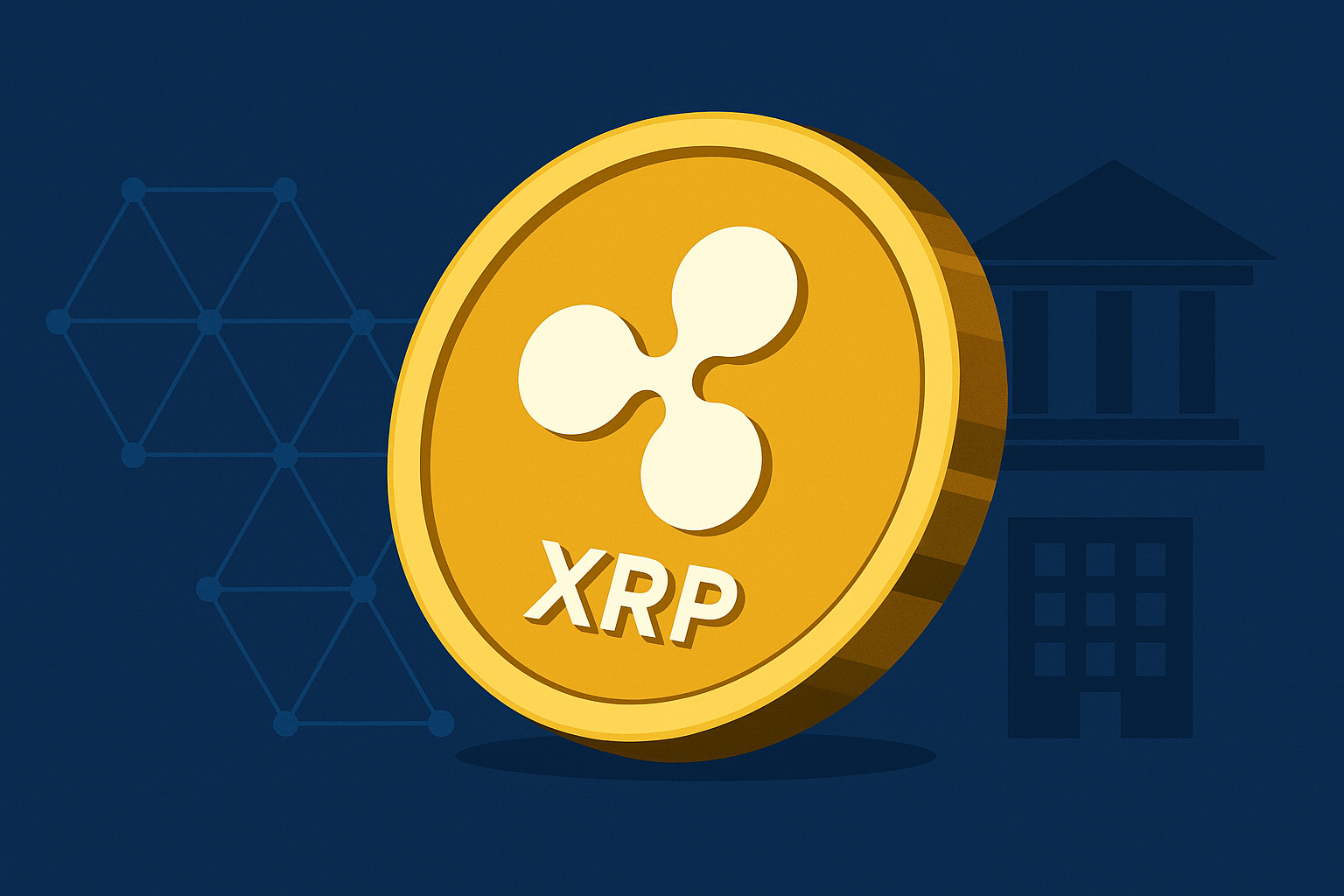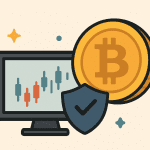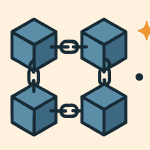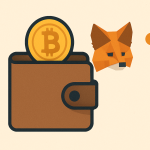Ripple and its token XRP are well-known names in the cryptocurrency world. But they are often misunderstood. If you’re new to crypto, you might wonder: Is Ripple the same as XRP? What is it used for?
In this beginner-friendly article, we’ll explain what Ripple and XRP are, how they work, and why they are important in the world of digital payments.
Contents
Ripple vs. XRP: What’s the Difference?
Before we go further, let’s clear up a common confusion:
-
Ripple is a company that builds technology for fast and low-cost global payments.
-
XRP is a cryptocurrency created by Ripple Labs. It is used on the Ripple network to move money quickly.
In short: Ripple is the company, and XRP is the token.
What Is XRP?
XRP is a digital currency used to make fast, cheap, and secure cross-border payments. It is the native token of the XRP Ledger (XRPL), a blockchain-like system created in 2012.
XRP is different from Bitcoin or Ethereum because it was designed mainly for financial institutions, like banks and payment providers.
How Does XRP Work?
Most international money transfers (like bank wires or SWIFT transfers) are slow and expensive. They can take days and come with high fees.
Ripple created the XRP Ledger to fix this problem. With XRP:
-
Transactions settle in 3–5 seconds
-
Fees are usually less than $0.01
-
It can handle 1,500+ transactions per second
XRP is often used as a bridge currency, helping people or banks convert one currency into another quickly and easily.
What Is RippleNet?
RippleNet is Ripple’s global payment network. It connects banks, financial institutions, and businesses so they can send money faster and more efficiently.
RippleNet can use XRP as a liquidity tool—especially helpful in places where it’s hard to move money across borders.
Is XRP a Blockchain?
XRP runs on the XRP Ledger (XRPL), which works like a blockchain but is a bit different:
-
It doesn’t use mining (like Bitcoin)
-
It uses a unique consensus algorithm to validate transactions
-
It’s faster and more energy-efficient than Proof-of-Work systems
Because of this, XRP is often seen as a green cryptocurrency.
Use Cases for XRP
Here’s what XRP is used for:
-
Global money transfers
-
Bridge between currencies
-
Fast peer-to-peer payments
-
Liquidity for banks and exchanges
Some developers also build apps on the XRP Ledger, like wallets and NFTs.
Pros and Cons of XRP
| Pros | Cons |
|---|---|
| Very fast and low-cost | Ongoing legal case in the U.S. (SEC) |
| Designed for real-world use | Some say it’s more centralized |
| Environmentally friendly | Fewer apps than Ethereum or Solana |
| Backed by strong partnerships | Not designed for smart contracts |
Where Can You Buy XRP?
XRP is available on many major cryptocurrency exchanges like:
You’ll need a crypto wallet to store XRP. Popular XRP wallets include:
-
Xumm Wallet
-
Ledger (hardware wallet)
Is XRP Safe to Use?
XRP has been around since 2012 and has processed billions of dollars in transactions. It is generally considered safe, but like all cryptocurrencies, it carries some risk.
Also, Ripple has been in a legal battle with the U.S. SEC (Securities and Exchange Commission) since 2020. The case questions whether XRP is a security or a currency. This legal issue has affected its availability in some regions.
Despite this, many people and businesses still use XRP and trust its technology.
Final Thoughts
Ripple and XRP offer a fast, low-cost way to send money across borders. Unlike many other cryptocurrencies, XRP was designed for real-world financial use, especially in global banking.
Whether you’re looking to send money quickly or want to invest in a practical crypto asset, XRP is worth learning about. Just be sure to stay informed and only use trusted wallets and exchanges.




